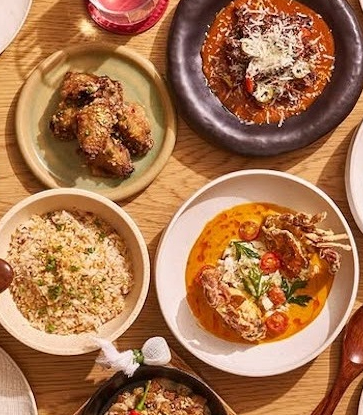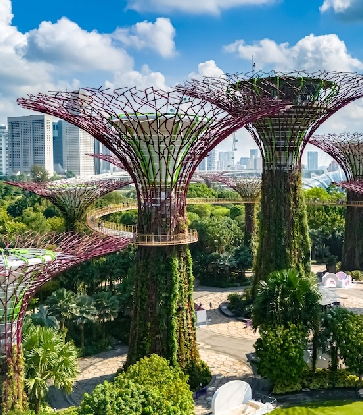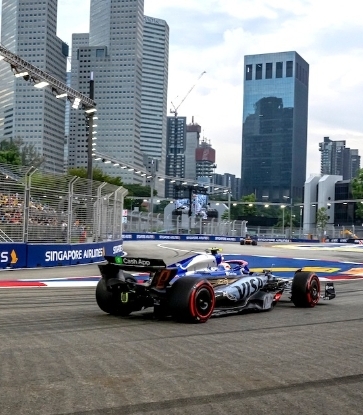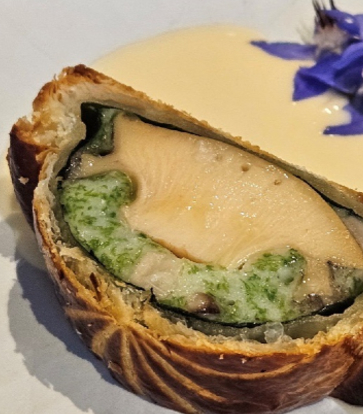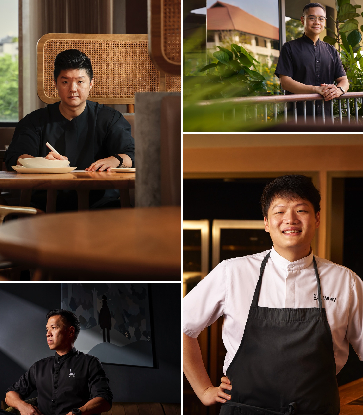Singapore is a garden city. Regardless of the season, thriving plants from more than 40 parks of the country indulge the people’s eyes with lush fields of green.
But hidden behind the leaves and vines is a well-kept secret – whether you are at the grand Botanic Gardens or any unassuming neighbourhood grounds, you could find the freshest vegetables, herbs and spices grown on plain sight.
We took an urban forage tour with bartender Vijay Mudaliar of Native to look at the Singapore’s natural riches from another perspective. As Mudaliar mentioned, urban forage has to take place under the prerequisite that the environment is not harmed, and the plants are given room to recuperate.
A negative example is ginger flower. Once widely seen among the parks, its amount has significantly dwindled due to over-harvesting.
Foragers are also strongly advised to study and research a wild plant before they consume it. Some plants may be very similar in appearance, but they could be very different species altogether. Some parts of an otherwise edible plant may actually be poisonous.
Let’s follow the footsteps of Mudaliar to discover the gems of Ann Siang Hill Park.

Pink Jasmine Flower
Few would question the pure fragrance of jasmine. The variety spotted at the national parks is pink, which is less commonly used as food than the white flower. But its colour actually gives additional aesthetic appeal while brewing floral tea or added to dishes as decoration.

Ferns are normally a cameo in the culinary world because of the plants’ bitterness. There are exceptions in Japan, where the tender sprouts in spring are incorporated into the seasonal diet. The same types of fern are also available in Singapore. But only the tender, less bitter tips should be chosen for cooking with a good amount of seasoning to turn the funk into desired flavours.

Wild Sorrel
The pink and yellow flowers of wild sorrel are abundant in Singapore. It has long been used in Traditional Chinese Medicine. The dining world didn’t adopt this herb for its garnishing potential until recently.

Southeast Asian food lovers should be familiar with this tropical fruit. Alternatively known as assam, tamarind is a staple in the local Nyonya cuisine. Its distinctive acidity is also a trademarked flavour that characterises assam laksa and other famous dishes of the region. If you look carefully, you will find ripe tamarind everywhere in the island state, as the tropical fruit drops from the tree to the ground when it matures.

Turmeric Leaves
It’s safe to say Southeast Asian and Indian food would be vastly different without turmeric, but the leaves of the plant are a shining star on its own right as well. Grilled fish is a natural pairing with the aromatic leaves. Chopped turmeric leaves are also sprinkled on top of beef rendang before it is served.

Wild Belimbing Tree
Belimbing is the Indonesian name for starfruit. The fruits found in the wild are even sourer than the ones sold in the market with a bit of bitterness. However, it boasts a high nutritional value and is embraced by Nyonya chefs in delicacies like fish soup.

Torch ginger flower, or bunga kantan, plays a fundamental role in Southeast Asian cooking. The ripe flower wins over gastronomes for its sharpness, both in appearance and taste. In Nyonya cuisine, it is usually cooked with chicken.







